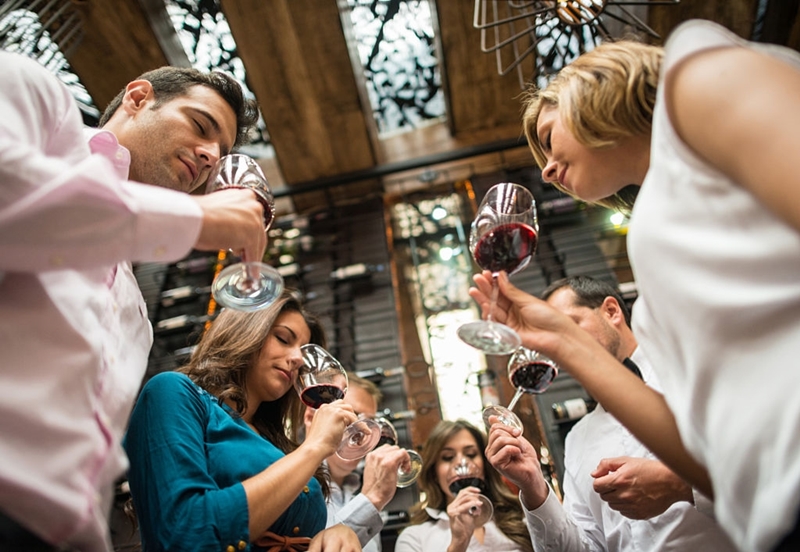How training the nose to recognize and name aromas
Practical steps for enhancing aroma recognition

Wine tasting, an age-old practice that captivates aficionados and professionals alike, is often shrouded in mystery, with many believing that it requires a special gift or an inherent talent. However, recent insights reveal that the expertise of wine tasting does not rely on innate abilities but rather on rigorous training.
Delving into the Olfactory System
Central to wine tasting is the olfactory system, the part of our sensory system responsible for the sense of smell. Astoundingly, this system is capable of distinguishing hundreds of thousands of distinct aromas, given that they are presented in isolation. This recognition ability diminishes when multiple aromas are presented in quick succession. The peak moment for scent recognition hovers around the 10-second mark. Beyond this window, the olfactory system undergoes an adaptation, leading to a loss in sensitivity. An illustrative example of this can be found in everyday life: entering a room scented with an air freshener, one might notice that the fragrance's intensity fades rapidly after just a few seconds, unless the scent is particularly overpowering.
The Challenge of Recognition vs. Identification
While our noses might be adept at detecting various scents, there remains a distinct difference between recognizing an aroma and being able to name or identify it. This distinction is particularly pronounced among those new to wine tasting. Training, therefore, emphasizes the importance of establishing a robust association between these two facets.
Furthermore, it's noteworthy that individual conditions or the specific training one has undergone doesn't guarantee a universal experience. No two individuals perceive or identify the same scent identically, as one's physical or psychological state at the time of tasting can heavily influence their olfactory experience. This introduces an inherent subjectivity to wine tasting, making it challenging to deem any tasting session entirely objective.
Recommendations for Enhancing Aroma Recognition
To bolster one's proficiency in recognizing and correctly naming the aromas of wines, it is imperative first to familiarize oneself with fundamental aromas. Standard tests in the field of olfactory recognition categorize scents into ten groups: floral, fruity, vegetal, nuts, microbial, wood, spices, caramelized, earthy, and chemical.
In these perception and recognition tests, participants are exposed to a series of jars containing specific scents at determined concentrations. These can be sniffed directly or through filter paper strips soaked in the substance. To simulate this experience at home, one could invest in a professional aroma set available at specialized stores. Alternatively, a friend could assemble various scents from the aforementioned groups – fruit slices, nuts, candies, bread, toasted items, wood chips, soil, and so on – and place them in clear jars covered with foil to keep the contents concealed. Blindfolded, the individual can then attempt to identify each scent.
To prevent olfactory fatigue, it's advised to sample no more than ten scents in one session, with breaks in between. A consistent smelling technique should be employed, involving two to three deep and slow inhalations. Over time and with consistent practice, an individual can advance from associating scents with common names or descriptive phrases to pinpointing them with their exact chemical nomenclature.
Mastering the realm of wine tasting demands multiple sessions, ample patience, and regular practice. While the journey might seem daunting, the rewards of being able to discern and name a plethora of aromas are truly unparalleled, adding a new depth to the appreciation of wines.
Founded in 2007, Vinetur® is a registered trademark of VGSC S.L. with a long history in the wine industry.
VGSC, S.L. with VAT number B70255591 is a spanish company legally registered in the Commercial Register of the city of Santiago de Compostela, with registration number: Bulletin 181, Reference 356049 in Volume 13, Page 107, Section 6, Sheet 45028, Entry 2.
Email: [email protected]
Headquarters and offices located in Vilagarcia de Arousa, Spain.